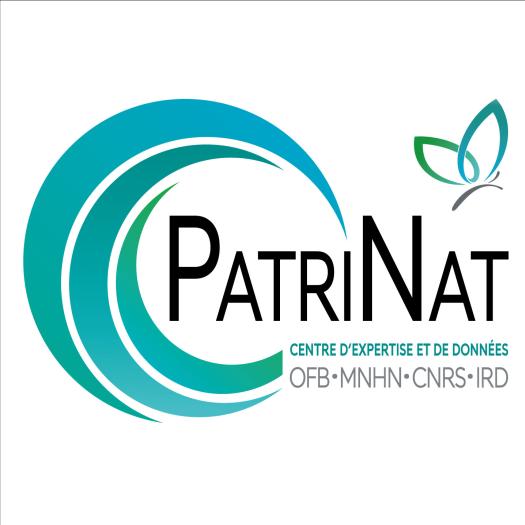Tête d'or
Solidago gigantea Aiton, 1789
Classe :
Equisetopsida
Ordre :
Asterales
Famille :
Asteraceae
Sous-Famille :
Asteroideae
Tribu :
Astereae
Genre :
Solidago
Où cette espèce a-t-elle été observée ?
 Attention : cette espèce peut être présente où il n’y a pas de maille, mais à ce jour elle n’y a pas encore été observée.
Attention : cette espèce peut être présente où il n’y a pas de maille, mais à ce jour elle n’y a pas encore été observée.
Chargement...
- 2 observations
-
2
communes -
2
observateurs
2
organismes -
Première observation
1981 -
Dernière observation
2019
L. Delvosalle -
-
Non Renseigné
-
Institut floristique franco-belge (IFFB)
Participation à 1 Observation
Part d'aide à la prospection : 50.00 %
Fiche organisme
-
UMS PatriNat (OFB-CNRS-MNHN)
Participation à 1 Observation
Part d'aide à la prospection : 50.00 %
Fiche organisme
Informations espèce
Le solidage géant est, comme sont nom l’indique, une grande plante dressée qui peut atteindre 120 cm de haut. La tige est glabre. Les feuilles, plus ou moins dentées, sont lancéolées et bordées de courts poils raides. Les nombreux petits capitules jaunes sont groupés d'un seul côté sur des rameaux arqués. L'ensemble forme une grande inflorescence pyramidale, qui est pendante.
Source : Biodiv'Écrins, Parc national des Écrins
Source : Biodiv'Écrins, Parc national des Écrins
Non renseigné pour le moment
Répartition actuelle en France métropolitaine
© INPN - Avertissement : les données visualisables reflètent l'état d'avancement des connaissances et/ou la disponibilité des données existantes au niveau national : elles ne peuvent en aucun cas être considérées comme exhaustives.
Répartition actuelle dans le monde
Avertissement : les données visualisables reflètent l'état d'avancement des connaissances et/ou la disponibilité des données existantes au niveau mondial : elles ne peuvent en aucun cas être considérées comme exhaustives.
Aster latissimifolius var. serotinus Kuntze, 1891
|
Solidago canadensis subsp. glabra
|
Solidago gigantea Aiton, 1789 subsp. gigantea
|
Solidago gigantea subsp. serotina (Kuntze) McNeill, 1973
|
Solidago gigantea var. leiophylla Fernald, 1934
|
Solidago glabra Desf., 1829 [nom. illeg.]
|
Solidago serotina Aiton, 1789








